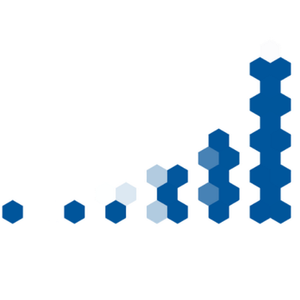
In den USA sind die ersten Reviews des iPad 2 erschienen.
Als ich die Reviews las und über die Konkurrenzsituation auf dem Tablet-Markt nachdachte, wurde mir klar, warum die anderen Hersteller es so schwer haben werden gegen Apple: Apple ist immer das Unternehmen gewesen, das mehr als alle anderen Consumer-High-Tech-Unternehmen auf Usability, Interface und Einfachheit (meinetwegen: Minimalismus) gesetzt hat. Vergleicht man jetzt Laptops und Desktop-Rechner auf der einen Seite und die neue Klasse der Multitouch-Tablets auf der anderen Seite miteinander wird klar, dass der Tabletmarkt geradezu wie gemacht für Apple erscheint: Es geht in erster Linie um das Meistern des neuartigen Interface und die Handhabung eines Geräts, das man in der Hand halten will, das aber größer als ein Mobiltelefon ist. So wenig Buttons wie möglich, weil es schlicht eleganter und sinnvoller ist, Funktionen über die Touch-Oberfläche abzuhandeln. Wie schwer sich manche Tech-Unternehmen mit den Interface-Verschiebungen tun, kann man leicht daran sehen, indem man einfach die Anzahl der Buttons auf einem beliebigen Android-Telefon mit der auf einem iPhone vergleicht.
Tablets sind keine Revolution in der Rechenpower, sondern eine Revolution im Interface. Da hat Apple bereits einen Vorsprung durch Kernkompetenzen. (Insgesamt sollte man für eine Betrachtung des Tabletmarkts aber die indirekten Netzwerkeffekte der App-Ökosysteme nicht vergessen. Aber das ist ein anderer Artikel.)
Hier ein paar Moneyquotes von den Reviews:
Most of the 15 million original iPads sold to date do not need to be replaced by iPad 2s. That’s not a problem for Apple, nor a failure for the iPad 2. A $500-800 device should have a useful life that is longer than a year. The same is true for all Apple’s products: iPods, iPads, iPhones, and, of course, Macs. Anyone who argues that the iPad 2 falls short because it doesn’t offer enough to get current iPad owners to upgrade is missing the point. Apple’s target is not the 15-20 or so million people who’ve already bought a tablet. They’re looking at the hundreds of millions of people who haven’t yet, but will soon.
[..]
After I showed him the results, [Guy English] told me, “The results show that the iPad 2 is easily about twice as powerful as the original and that this speed gain is a freebie — you don’t need to change your code structure in order to see significant gains. The differences in the amount of time spent rendering indicates that the GPU is really much faster than the original. The original iPad had a comparatively weak fill-rate and it was an issue for the device. The second generation really leaves that behind and it looks like it’ll be able to do some really incredible things graphically. My demo code is workman-like, competent code — meant to measure the relative strengths of the parts of the system. Taking some time to get the most out of that GPU and CPU will pay off with some really remarkable games and graphics apps.”
As you’ve undoubtedly heard by now, the cameras on the device are not great. But it’s hard to imagine anyone using this as a point-and-shoot camera replacement — or even a smartphone camera replacement. Instead, the cameras are clearly meant for FaceTime and to shoot 720p HD movies (with the back camera) that can then be edited on the fly using the new iMovie app (more on that below).
However, unless you are desperate for the cameras or feel you are laboring under the greater bulk of the original model, I don’t advise that iPad owners race to get the new version.
[..]
As new contenders move into the field, Apple isn’t likely to keep its 90% share of the booming tablet market. But the iPad 2 moves the goal posts, by being slimmer and lighter, boosting speed and power, and holding its price advantages, available apps and battery life. As of now, I can comfortably recommend it as the best tablet for average consumers.
Bonuszitat: Suntimes:
[The Android-Tablet Xoom] is trim, light, and very pretty ... but when you place it next to the iPad 2, it looks as though it was designed and built by angry Soviet prison labor instead of by Motorola.
